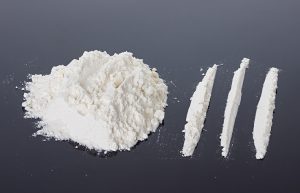
Furthermore, those with a history of drug use developed glaucoma 20 years earlier than those who did not have any exposure to narcotics.
First author Dustin French said, “The association of illegal drug use with open-angle glaucoma requires further study, but if the relationship is confirmed, this understanding could lead to new strategies to prevent vision loss.”
Glaucoma is the second leading cause of blindness. The researchers speculate that an increase in eye pressure gradually damages the optic nerve, contributing to vision loss.
The study reveals that drug use can have a long-lasting impact on the body – in this case, cocaine use has been linked to the development of glaucoma.
Other factors that increase your risk of glaucoma
Glaucoma is an eye condition that can be quite serious and even result in blindness. The older you become, the more likely you are to develop glaucoma. Patients suffering from glaucoma are typically between 45 to 64 years of age.
Glaucoma can strike without warning and without any symptoms. There is no cure for glaucoma, so it’s important to take the necessary steps to prevent it.
Aside from illegal drug use, other risk factors for glaucoma include:
- Age – as mentioned, glaucoma strikes individuals midway to later in life
- Elevated intraocular pressure
- Ethnicity – glaucoma is more common among African Americans and Asians
- Family history of glaucoma
- Medical conditions – diabetes, heart disease
- Other eye conditions – eye tumors, retinal detachment
- Long-term corticosteroid use
Although some of these risk factors are uncontrollable, it’s important to control the ones you can manage in order to reduce your risk of glaucoma.